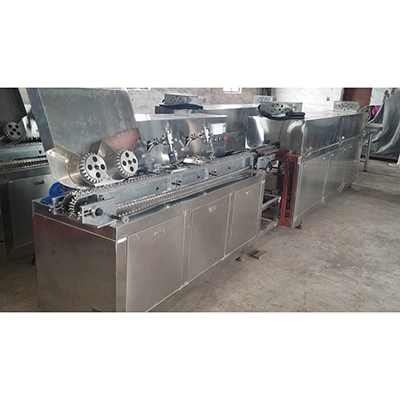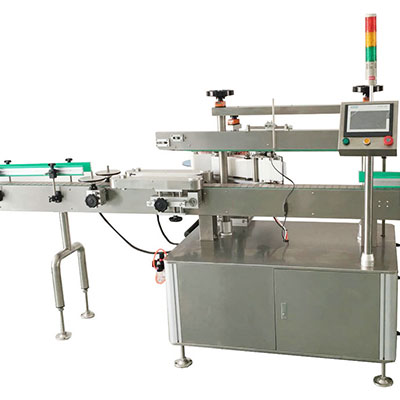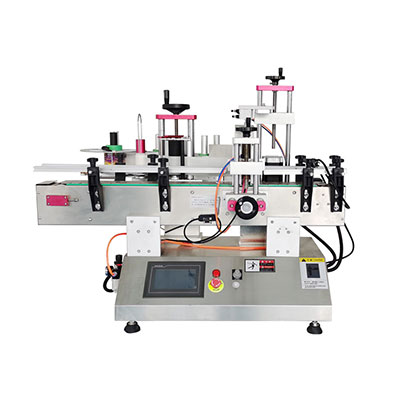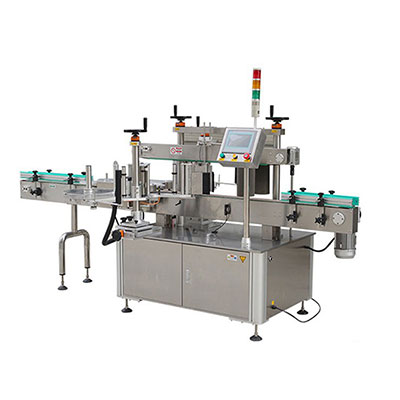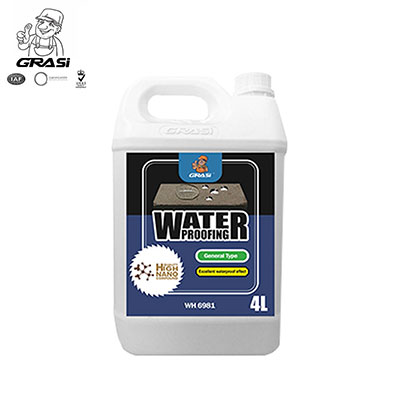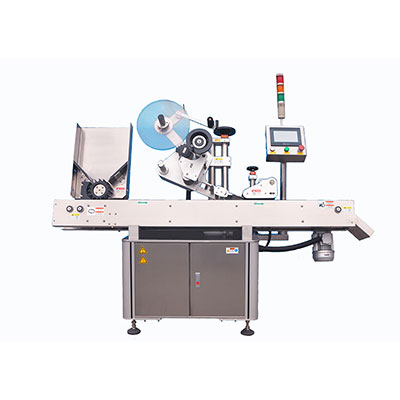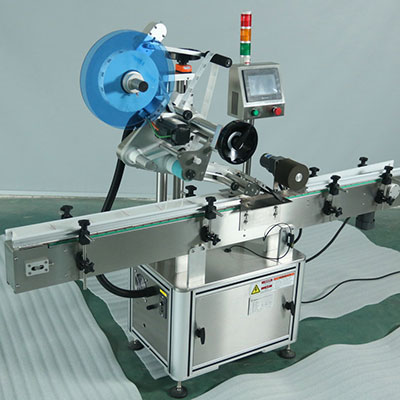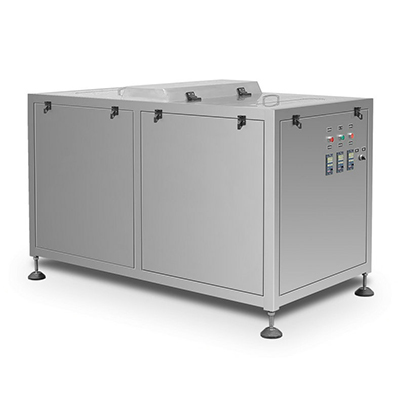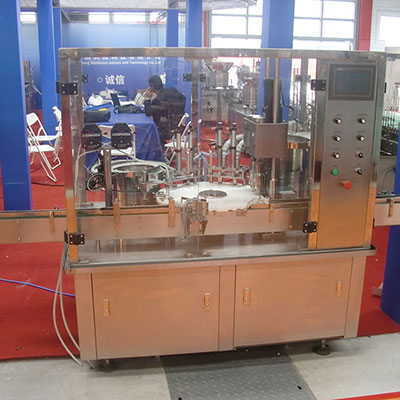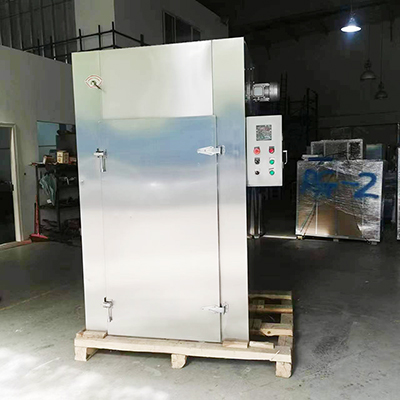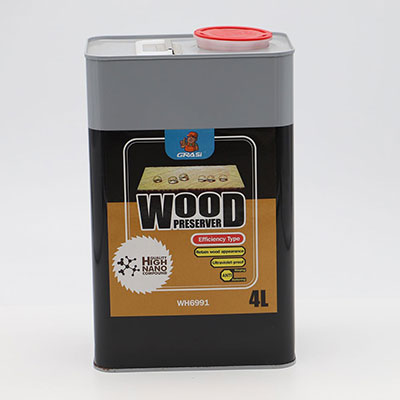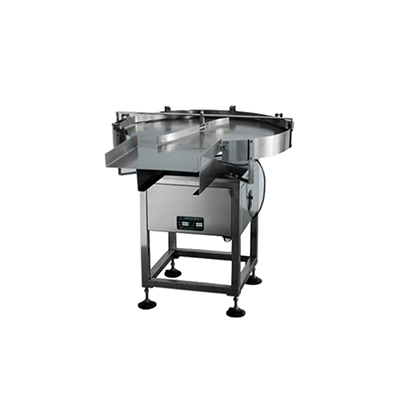Footwear Compression Testing Machine
Just as the name implies, the footwear compression testing machine is particularly designed for the safety shoes to test the compression strength of the steel toe cap and the puncture resistance of the sole. Our product is quite useful in preventing the workers from being injured in the workplace caused by the safety performance of the safety shoes.
Features
1. The desktop footwear tester supports real-time display of compression stress and displacement of the steel toecap. The compression speed is controllable.
2. The pressure sensor for the footwear compression testing machine offers the sensing accuracy of ±0.1%.
3. In case the pressure reaches the preset value, the footwear testing equipment will stop operating automatically.
4. Nails used for puncture conforms to requirement specified in ISO 20344, ANSI Z41 and LD50.
5. For non-metal material puncture test, a camera is optional for the footwear puncture tester.
6. Controlled by single chip microcomputer, the footwear compression testing machine is installed with LCD to display the related parameters.
7. Three units can be switched freely, namely kg, N, and lb.
8. Based on customer demand, the footwear compression tester can be configured with mini-printer.
9. The closed-loop control speed can be set up according to actual testing demand.
10. In addition to date and time setting, the footwear compression testing machine also supports the protection function through upper limit and peak value retention. Automatic stop is also available with this product.
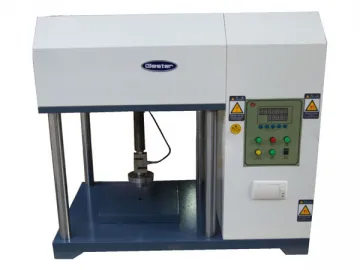
Technical Parameters
| Model | GT-KB12 |
| Pressure range | 20000N, (EN)15±0.1KN, (ANSI)1000±50 to 10000±50lbs |
| Rigidity of pressing plate | (EN)60HRC |
| Pressure sensor accuracy | ±0.1% load cell |
| Pressure resolution | 1/10000 |
| Displacement control | 0-300mm |
| Speed | Closed-loop control, adjustable |
| Displacement display | 0.01mm |
| Dimensions | 82×58×71cm |
| Weight | 148kg |
| Standards | ISO 20344, ANSI Z41, LD50, EN12568, ANSI, JIS, CSA ; National standard GB12017-1989,LD50-1994, GB/T 20991 Section 5.5, and GB/T 20991 Section 5.8 |
Links:https://www.globefindpro.com/products/43232.html
-
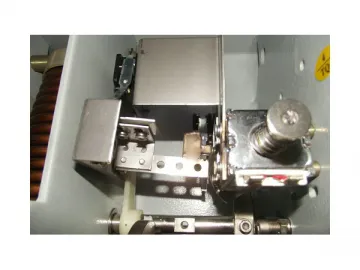 Vacuum Circuit Breaker (TZN2 Indoor High Voltage Circuit Breaker)
Vacuum Circuit Breaker (TZN2 Indoor High Voltage Circuit Breaker)
-
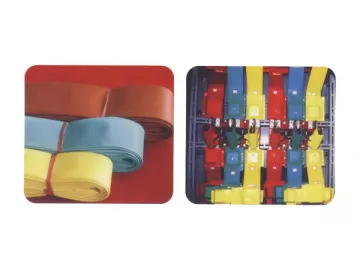 Heat Shrink Tubing (Insulated Tubing for 12kV Busbar)
Heat Shrink Tubing (Insulated Tubing for 12kV Busbar)
-
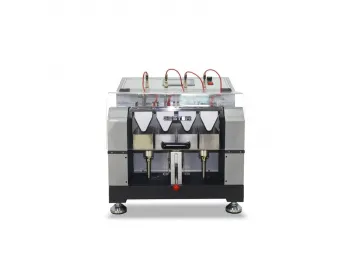 Water Resistance Testing Machine (Maeser Water Penetration Tester)
Water Resistance Testing Machine (Maeser Water Penetration Tester)
-
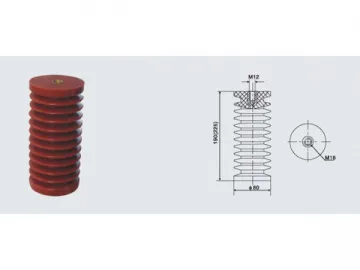 High Voltage Insulators
High Voltage Insulators
-
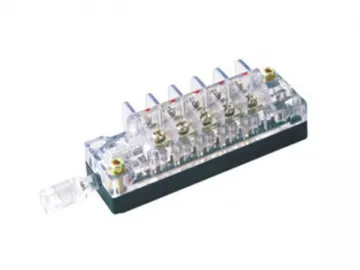 Auxiliary Switch
Auxiliary Switch
-
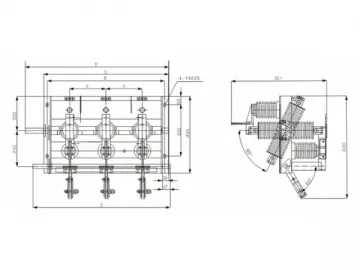 Disconnector (GN30-12 Indoor High Voltage Disconnect Switch)
Disconnector (GN30-12 Indoor High Voltage Disconnect Switch)
-
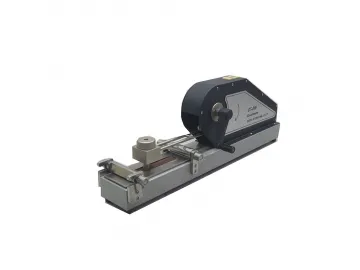 Rubbing Fastness Tester (Manual Crockmeter)
Rubbing Fastness Tester (Manual Crockmeter)
-
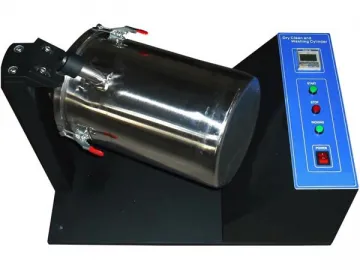 Dry Washer
Dry Washer
-
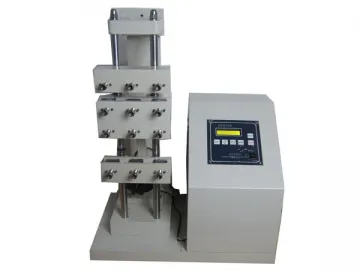 Footwear Testing Machine (Upper Material Flexing Tester)
Footwear Testing Machine (Upper Material Flexing Tester)
-
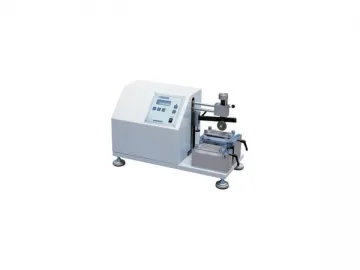 Cut Resistance Testing Machine
Cut Resistance Testing Machine
-
 Color Matching Cabinet
Color Matching Cabinet
-
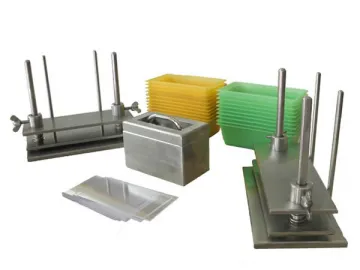 Color Fastness Tester (Perspiration Tester)
Color Fastness Tester (Perspiration Tester)
